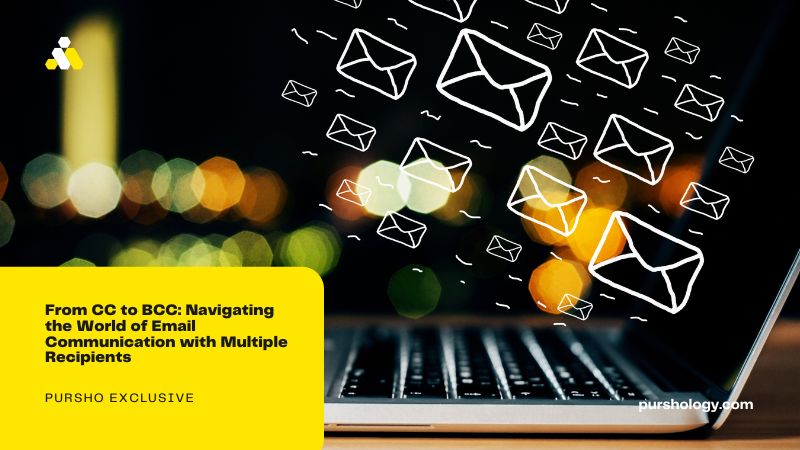Unlock the mysteries of email etiquette with our guide on using CC and BCC to communicate effectively with multiple recipients.

Image courtesy of Valentin Antonucci via Pexels
Table of Contents
Email communication has become an integral part of our professional lives, allowing us to connect with colleagues, clients, and superiors with ease. However, when it comes to addressing emails to multiple recipients, things can get a bit tricky. The way you communicate with a group of individuals can significantly impact how your message is received. In this blog post, we will delve into the nuances of email etiquette when addressing multiple recipients, from choosing the right salutation to closing the email with professionalism.
Understanding the Audience
Before crafting an email to multiple recipients, it’s crucial to consider the dynamics at play. Take a moment to evaluate the relationship you have with each recipient. Are they colleagues, clients, or superiors? Understanding the nature of your relationship can help you tailor your message accordingly. Additionally, think about how the content of your email may be relevant to each recipient. By customizing your approach to appeal to all recipients, you can ensure that your message resonates effectively.
Choosing the Right Salutation
When addressing a group of individuals in an email, the salutation sets the tone for the entire message. If the recipients are not on familiar terms, it’s best to use a general greeting such as “Hello everyone,” or “Dear Team,” to maintain professionalism. On the other hand, if the recipients have different relationships with you, consider personalizing the salutation by addressing each individual by name (e.g. “Hi John, Mary, and Alex,”). This personal touch can make each recipient feel recognized and valued.
Organizing the Email
Clarity is key when communicating with multiple recipients in an email. Make sure to clearly identify each recipient in the email by listing their names under the “To” section. This helps avoid confusion and ensures that each recipient knows who else is included in the correspondence. Keep your message succinct and relevant to all recipients to maintain their interest. Consider using bullet points or numbered lists to organize information in a clear and concise manner, making it easier for recipients to follow along.

Image courtesy of influno.com via Google Images
Closing the Email
As you wrap up your email to multiple recipients, it’s essential to do so with professionalism and clarity. Choose a sign-off that is appropriate for all recipients, such as “Best regards,” or “Sincerely,” to maintain a professional tone. If there are any follow-up steps or contact information that needs to be shared, include it in the email. Additionally, thank the recipients for their attention and collaboration, showing appreciation for their time and consideration.
Tips for Success
When addressing emails to multiple recipients, there are a few key tips to keep in mind to ensure successful communication. Avoid using the “Reply All” feature unless necessary to prevent unnecessary clutter in recipients’ inboxes. Be mindful of confidentiality and privacy when discussing sensitive topics to maintain trust and professionalism. Before hitting send, always proofread your email to check for any errors or unclear language that could impact the overall message.

Image courtesy of influno.com via Google Images
Conclusion
Mastering the art of email etiquette when addressing multiple recipients is essential for effective communication in a professional setting. By understanding your audience, choosing the right salutation, organizing your email effectively, and closing with professionalism, you can enhance your email correspondence and leave a positive impression on recipients. Applying these tips in your email communications can help bolster your professional image and strengthen your relationships with colleagues, clients, and superiors.







